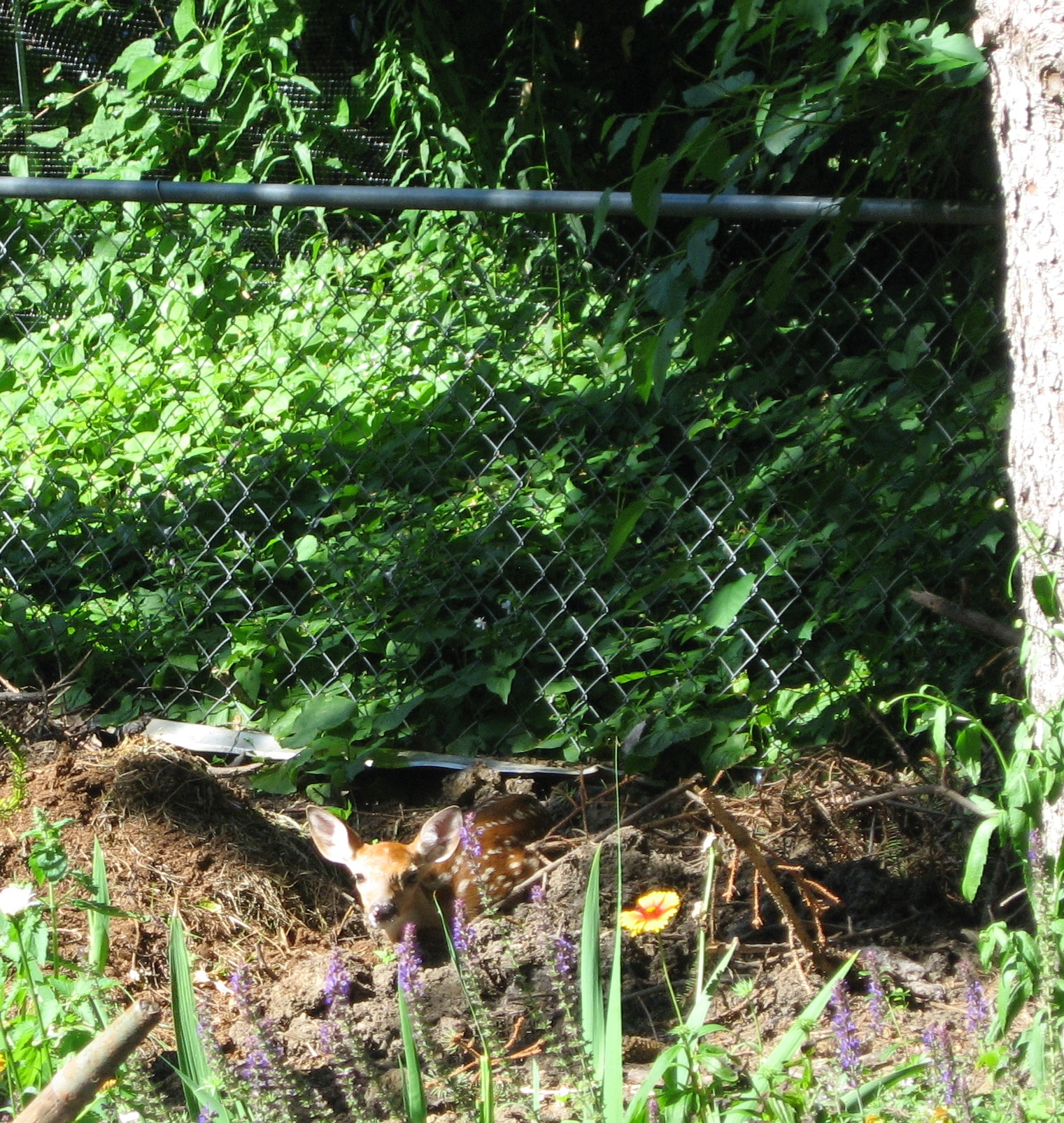
Weeds are my specialty, and I see them a little differently from the average gardener because of my background in ecology. I’ve done research on them, written about them, and pulled millions of them. Today I’ll share some of that with you.
And, I wanted to make sure to mention that we have a garden staff who can come to your home and help you, too. Peterson Lawn wants to be an educational resource for you as well as being a company you can hire to get the work done. We have customers who have us visit their homes every week for garden maintenance, and we also do one time projects, too. The photo above is from a weeding project in Eden Prairie this summer. If you are struggling to keep up with your weeds (and it is tough!) please give us a call: 952-252-3301
WEED SEED
In general, weeds tend to produce a lot of seeds that can remain viable for a long time in the soil, and the seeds stay dormant until the conditions are right for germination. This means that the longer weeds are allowed to occupy an area and reproduce, the greater the number of seeds that will build up in the soil, usually in the top couple inches, just waiting for the right conditions to sprout. Often that will be when the soil is disturbed in some way. Pulling a weed and its roots, for example, may expose dozens or hundreds of seeds to light and trigger germination.
There are a few ways to deal with this. Immediately covering the ground with mulch will help. Tilling the soil can bury many of the seeds in deeper layers. In really desperate cases, one can even scrape the top couple inches of soil off and pile it up to manage it, or bury it if there’s not too much.
WEED REFUGES
Another characteristic of weeds (and other plants) is that they often have seed dispersal mechanisms such as fluffy parts to help them move in the wind; hooks, hairs, spines, etc. that stick to animals and people; or edible parts that are moved around when animals eat or cache them. Flowing water can carry seeds with it. Some even have mechanisms that will shoot them a few feet away from the parent plant when they ripen. This all helps lower competition of the offspring with each other and with the parent plant. Although most seed tends to fall and stay near the parent plant, others spread varying distances. This is why it’s good to control not just the weeds that are in your garden beds, but the weeds that are less visible, like those under decks, fences, stairs, or hiding under garden perennials and shrubs. I call these areas weed refuges.
BUFFER ZONES
Sometimes the refuge is in your neighbor’s yard, or in another area where it’s hard to control the weeds. One thing you can do is create a buffer zone. This is a dense planting of perennials or shrubs that tends to slow wind (or water) so that the seeds fall to the ground, and in the shade from the perennials or shrubs either don’t germinate or they grow slowly and are smaller when they reproduce.
THE EDGE EFFECT
Picture a lawn with creeping charlie in it. Everywhere the lawn abuts a garden at its edge, there is potential for the weed to creep or shed seed into the latter. The ideal shape for a garden in a lawn is a circle because that has the minimum ratio of edge to area of garden. Gardens that are long and thin have a lot of edge per unit area, creating more chance for charlie to invade.
THE BENEFITS OF BEING THOROUGH
One thing I like to impress on people is that thorough weeding is a laborious to begin with, but in the end well worth it. Weeds produce so many seeds (sometimes hundreds or even thousands!) that prevention is the best measure. Once they get started, they can very quickly get out of hand. It helps to prioritize. Weeds that are nearest (or in) your gardens, produce a lot of seed in a short time, have dispersal mechanisms, and have underground structures that can produce more weeds are those that should get most attention.
The accompanying photo (below) is a good example. Besides the lovely faun that a doe left on my compost pile one day, it shows in the background a refuge outside my back fence. Most of the area there is covered in violets. I’m not too worried about them because although they can spread underground, they produce few seeds that don’t go very far and they’re shallow-rooted. But also back there is creeping bellflower, a really nasty weed that produces a lot of seed and has deep underground tubers that send out roots that become more plants, and they are a really pain to get rid of. Definitely not a plant I want spreading to my compost pile, so I try to keep them in check. The violets actually are a good thing because they cover the ground densely enough that they keep the bellflower seed from germinating.
It’s really all about awareness and observation of what’s going on in your garden. So pay attention to those weeds!
~ Kristi

